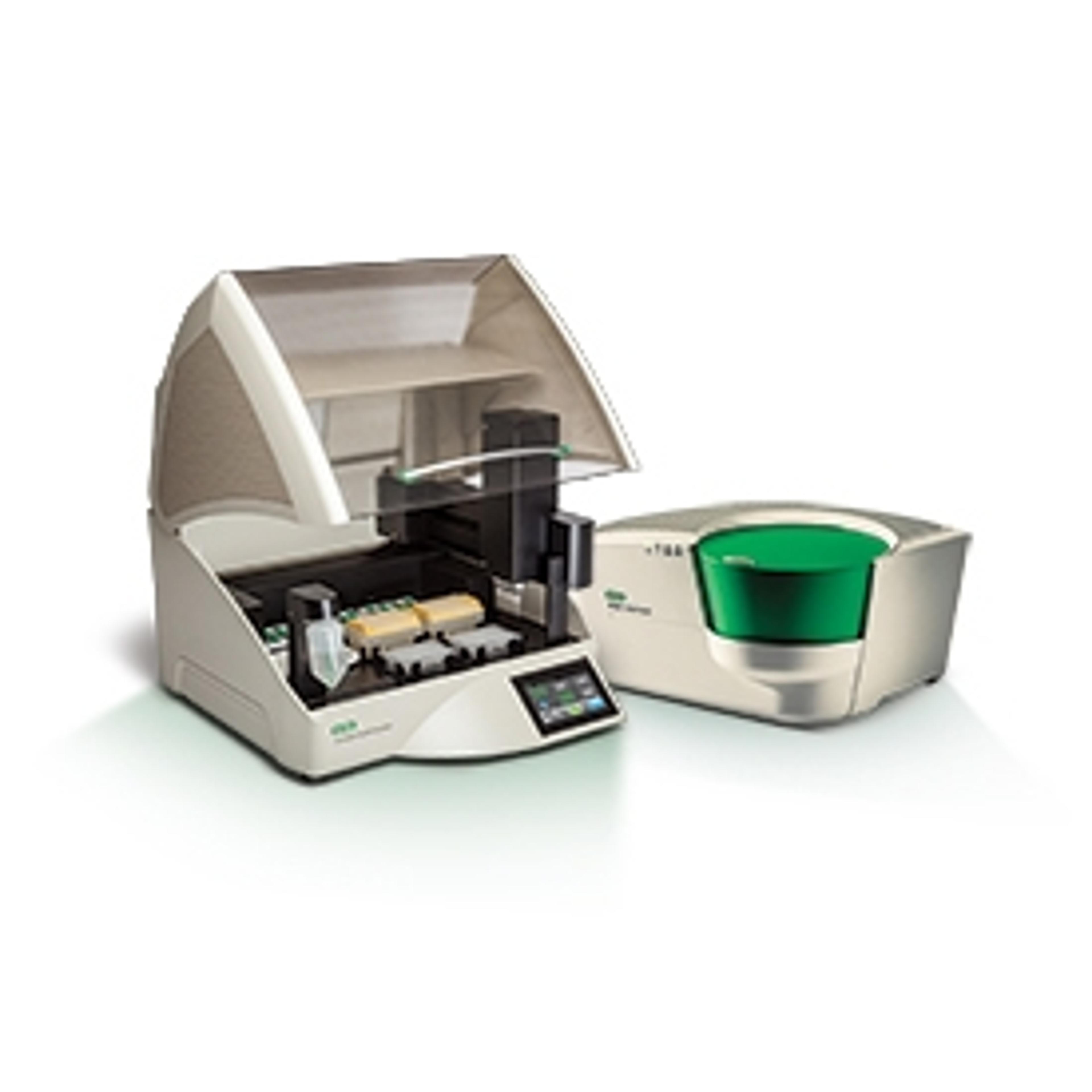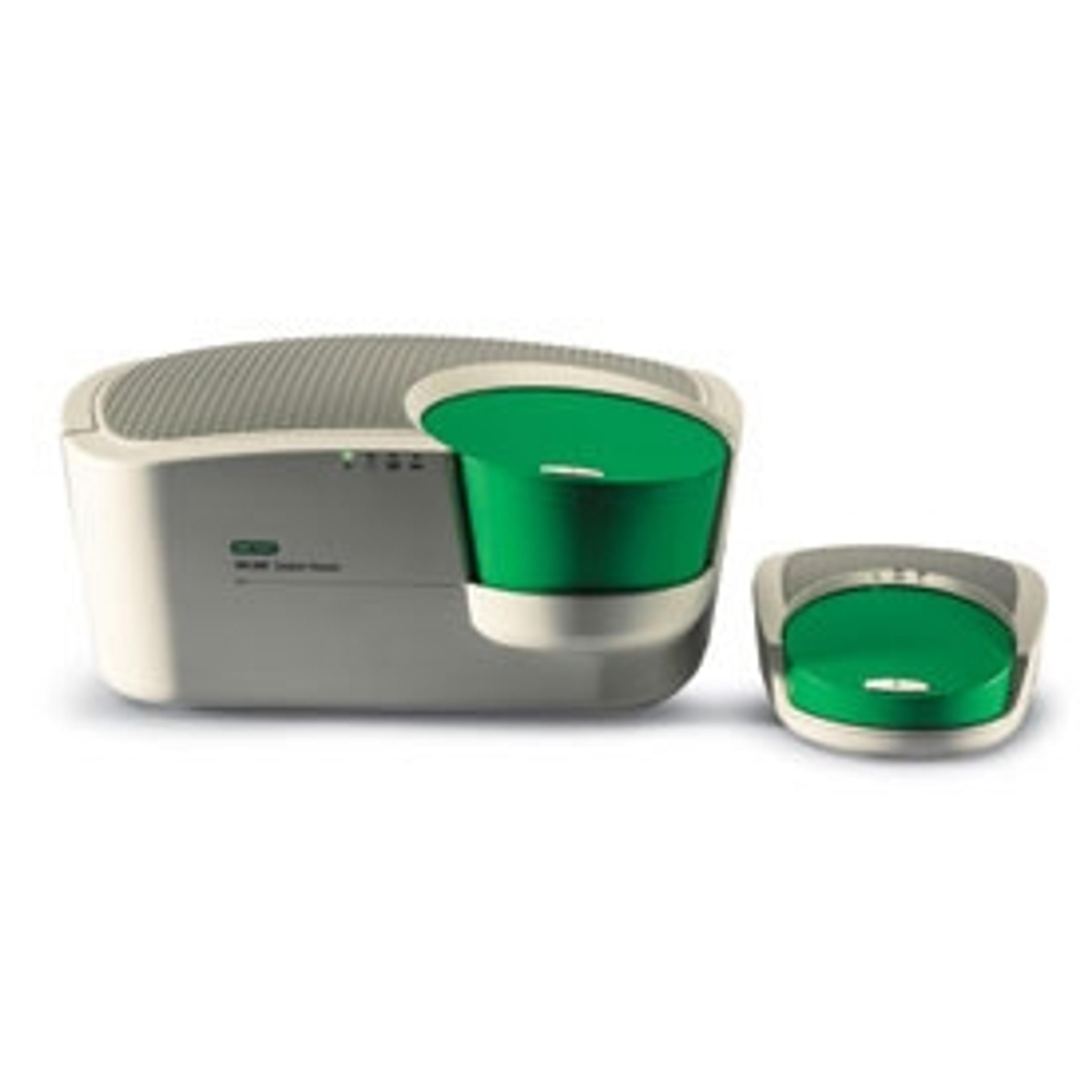Highly Sensitive Cancer Mutation Profiling and Single-Cell Genomics Research Using Droplet Digital™ Technology Presented at ASHG 2016
Scientists to present research demonstrating the use of Bio-Rad’s Droplet Digital technology for highly accurate copy number quantification, mutation detection, and single-cell sequencing.
6 Oct 2016
New research demonstrating the power of Bio-Rad’s Droplet DigitalTM technology for cancer mutation and single-cell transcriptome profiling will be presented at Bio-Rad’s Exhibitor Education Event during The American Society of Human Genetics (ASHG) Annual Meeting in Vancouver, British Columbia.
The event, titled Advanced Applications of Droplet Digital Technology: Liquid Biopsies to Single Cell Transcriptome Profiling will feature three researchers from leading U.S. and Canadian universities. Two presentations will illustrate the robust ability of Droplet Digital PCR (ddPCRTM) technology for rapid and affordable detection and quantification of somatic cancer mutations in both tissues and cell-free DNA. The final presentation will demonstrate the utility of the Illumina®|Bio-Rad® Single-Cell Sequencing Solution to understand human Pluripotent Stem Cell (hPSC) population heterogeneity. The event will be held from 1:00 to 2:30 p.m. on Friday, October 21 in Room 16, East Building. Bio-Rad will also exhibit droplet digital instrumentation and more information about their current and forthcoming offerings at booth #618.
New Approaches to Detect and Profile Diverse Cancers
Dr. Curtis B. Hughesman, postdoctoral researcher from the lab of Dr. Charles Haynes at the Michael Smith Laboratories, University of British Columbia, will present recent work demonstrating the utility of ddPCR in the clinical detection and quantification of cancerous DNA biomarkers in a talk, titled Thinking “inside” the droplet: Re-envisioned molecular diagnostic assays using ddPCR for the detection of somatic mutations in cancer.
The Haynes lab has developed novel methods to achieve exceptional sensitivity in ddPCR quantification of closely related alleles. Differentiating between wild-type and mutant genes with only a single base-pair difference can be very challenging. Their work demonstrates a novel model for predicting melting thermodynamics of dual-labeled hydrolysis probes, which they used to discriminate and quantify clinically relevant mutant alleles such as BRAF V600E and KIT D816V in a ddPCR assay.
In addition, research from the Haynes lab demonstrates a robust method for measuring copy number alterations (CNAs) in DNA extracted from frozen, or formalin-fixed paraffin embedded (FFPE) tissue biopsy samples. These common clinical samples typically have a low quantity and quality of genomic DNA making it difficult to quantify gene copy numbers. Their strategy involves a novel experimental design, data analysis tool and optimized primer and probe design in a multiplexed ddPCR assay offering reliable quantification of biomarker CNAs.
The Haynes lab has also achieved a reliable and accurate quantification of the frequency of the fusion gene BCR-ABL, a known oncogene in chronic myelogenous leukemia (CML), to a detection limit of 0.25 percent using a novel ddPCR assay. In contrast, fluorescence in situ hybridization (FISH), a tedious assay requiring direct visualization, is the standard approach for detecting BCR-ABL and has a limit of detection of roughly two percent. The more sensitive and specific ddPCR assay provides a basis for the development of a potential molecular diagnostic for the diagnosis of CML.
Multiplexing to Quantify Somatic Mutations in Lymphoma
Dr. Miguel Alcaide, research associate from the lab of Dr. Ryan Morin at the Simon Fraser University, will present a novel approach to detect multiple recurrent somatic mutations in B-cell non-Hodgkin lymphoma (NHLs) samples in a talk, titled Novel droplet digital PCR assays to detect and quantify somatic mutations in cancer tissues and cell-free DNA.
Research from the Morin lab has produced a suite of ddPCR assays for use in detecting prevalent mutations in B-cell NHLs from fresh tumor, FFPE and liquid biopsies. These assays allow for the differentiation and counting of mutant and wild-type molecules using a single hydrolysis probe. Multiplexing was also implemented in assay design, allowing for the simultaneous detection of distinct mutations. These novel techniques overcome limitations in analytical sensitivity, cost, and scalability seen in current mutation detection options and offer a superior option for potential prognosis and therapeutic management in B-cell NHLs.
Scalable Single-Cell Sequencing
Dr. Maroof Adil, postdoctoral researcher from the lab of Dr. David Schaffer at the University of California, Berkeley, will present the final talk, titled Investigating population heterogeneity in 3D biomaterial human pluripotent stem cell (hPSC) cultures. This unpublished research aims to understand hPSC population heterogeneity using the jointly developed Illumina®|Bio-Rad® Single-Cell Sequencing Solution.
Human pluripotent stem cells (hPSCs) can be an unlimited cell source for a variety of biomedical applications including cell replacement therapy, disease modeling, drug and toxicology screening, and in vitro organogenesis. Using single-cell RNA sequencing, Dr. Adil will present exciting new findings on population variation among human induced pluripotent stem cells expanded within a chemically-defined, 3D biomaterial platform with the potential for scalable production of cells for biomedical and clinical application.


